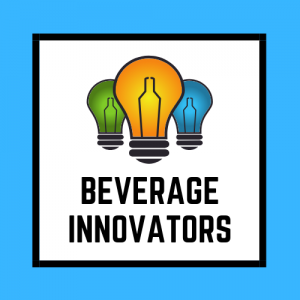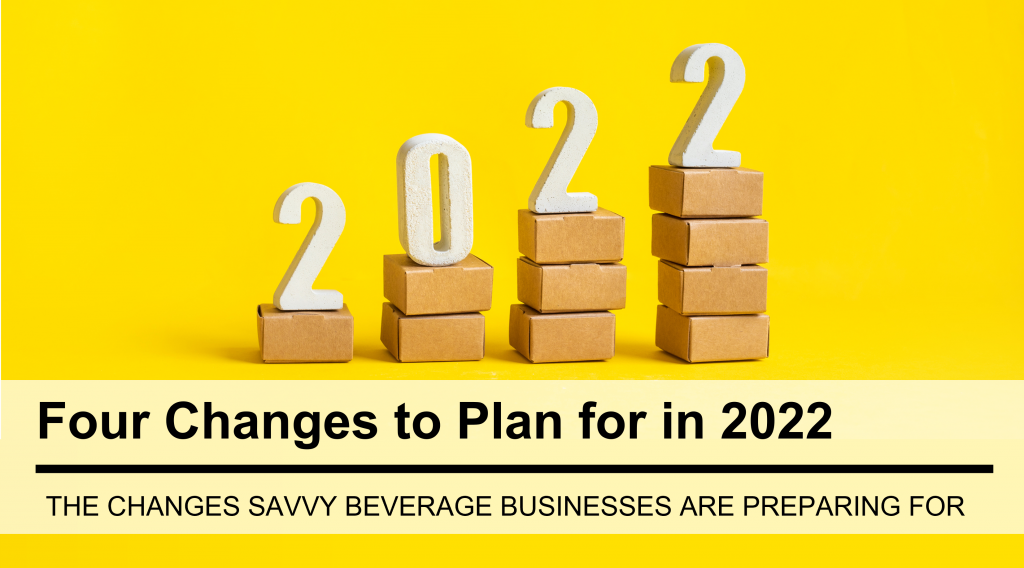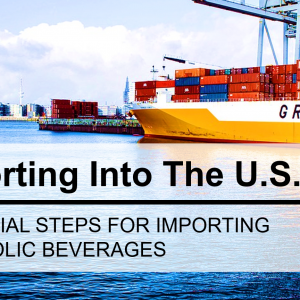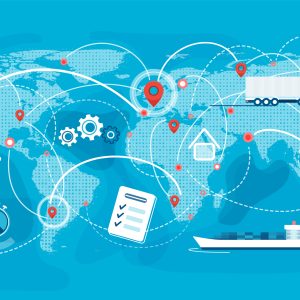“Plan for what is difficult while it is easy; do what is great while it is small.”
― Sun Tzu, The Art of War
The ability to imagine the world as they’d like it to be is what keeps beverage entrepreneurs going in the face of inevitable obstacles. But the most successful business owners balance their idealism with a healthy dose of realism. How do beverage businesses stay grounded in reality? They start with a plan. Successful startups study the environment thoroughly to understand what current and future changes could affect their business model. Then, they use that information to predict and prepare.
As we look towards 2022, every business’s analysis of the challenges and opportunities will look different. Still, there are some overarching change catalysts that savvy beverage businesses will address in their plans for the year ahead.
Change Catalyst: Elevated Consumer Demand
The pandemic accelerated the pace at which people worldwide purchased products, like beverages, for consumption at home, elevating overall consumer packaged goods (CPG) sales for much of 2021. Consumer Brands predicts the annual rate of purchases in 2021 to be between 7.4% and 8.5% above 2019, the last normal year on record before COVID-19.
Some shifts are temporary and could eventually return to pre-pandemic levels, but other consumption patterns have been forever altered by new norms, like remote work. Deloitte’s recent consumer surveys revealed that, even as the health-related uncertainty over the pandemic eased, people who work remotely are more likely to cook at home, shop online, and utilize streaming services compared to pre-pandemic levels.
The Takeaway
Beverage brands need to prepare for consumers to purchase in different ways and quantities than before the pandemic.
Questions to Prepare:
How has the consumption rate changed within your product category?
What factors do you believe are driving the change?
Do you anticipate change to be temporary or permanent?
Change Catalyst: Increased Direct-to-Consumer Sales
The pandemic added fuel to the eCommerce engine already humming along in the consumer packaged goods space. People purchased food and beverages online out of necessity, and many discovered they enjoyed having the ability to do so. In March of 2021, Information Resources Inc. (IRI) found eCommerce sales were up 61% from the previous year, representing 64% of omnichannel growth.
According to a report by Acosta, 45% of consumers are shopping online for groceries more now than before the pandemic. One-third of those polled also indicated they are shopping less at grocery stores and mass retail stores like Walmart and Target than pre-pandemic.
The Takeaway
As more consumers, brands, and wholesalers embrace digital sales, eCommerce is in a solid position to influence the future of beverage sales and operations.
Questions to Prepare:
How is your brand addressing direct-to-consumer sales opportunities?
What role with eCommerce play in your beverage sales and operations strategy?
Change Catalyst: Less Stable Supply Chains
After the chaos caused by the pandemic, customers are searching for reliable brands that can consistently deliver on their promises no matter what lies ahead. That level of stability is not an easy task for brands facing supply chain issues stemming from everything from rising shipping prices and transportation labor shortages to natural disasters and political unrest.
The Takeaway
Beverage brands need to be intentional and planful in managing supply chain performance and competitiveness to improve brand stability and reduce disruptions that erode consumer trust.
Questions to Prepare:
What areas of your beverage business are vulnerable to supply chain disruptions?
How is your beverage brand building a more stable and resilient supply chain?
Change Catalyst: Sustained Focus on Sustainability and Social Change
The impact of recent events has changed the perspectives and priorities of people worldwide. Consumers are shifting towards value-based purchasing that prioritizes obtaining maximum value for the money spent. For many, that means feeling good about the impact they are making with their purchases. According to research by Forrester, 36% of U.S. online adults are looking for ways to contribute to local communities, and 31% are spending more time thinking about global challenges like poverty or hunger. When it comes to buying behavior, 68% of highly-empowered consumers plan to step up their efforts to identify brands that reduce environmental impact, and 61% seek out energy-efficient labels when making purchases.
The Takeaway
Consumers are paying attention to the impact beverage brands make and strive to make on the issues that matter most to them.
Questions to Prepare:
How does your beverage brand align with your target market’s core values and aspirations?
What steps will you take to demonstrate your brand’s impact on the world’s most pressing issues?
Businesses prepared to succeed in 2022 and beyond have a comprehensive plan that balances entrepreneurial optimism with data-driven realism. A strong vision and a well-crafted course of action ensure that no matter what challenges lie ahead, your beverage brand stands ready to build a better future.

What other changes or shifts is your beverage business planning for? Tell us about them in the Beverage Innovators group on LinkedIn.


